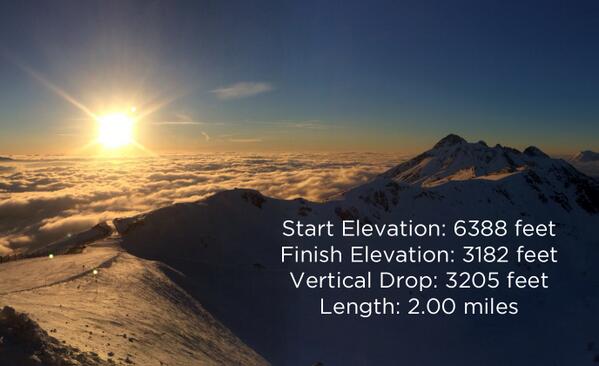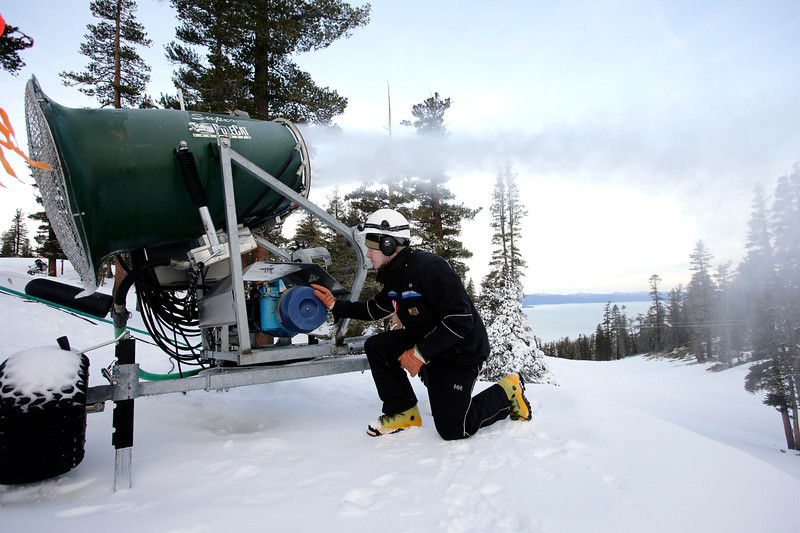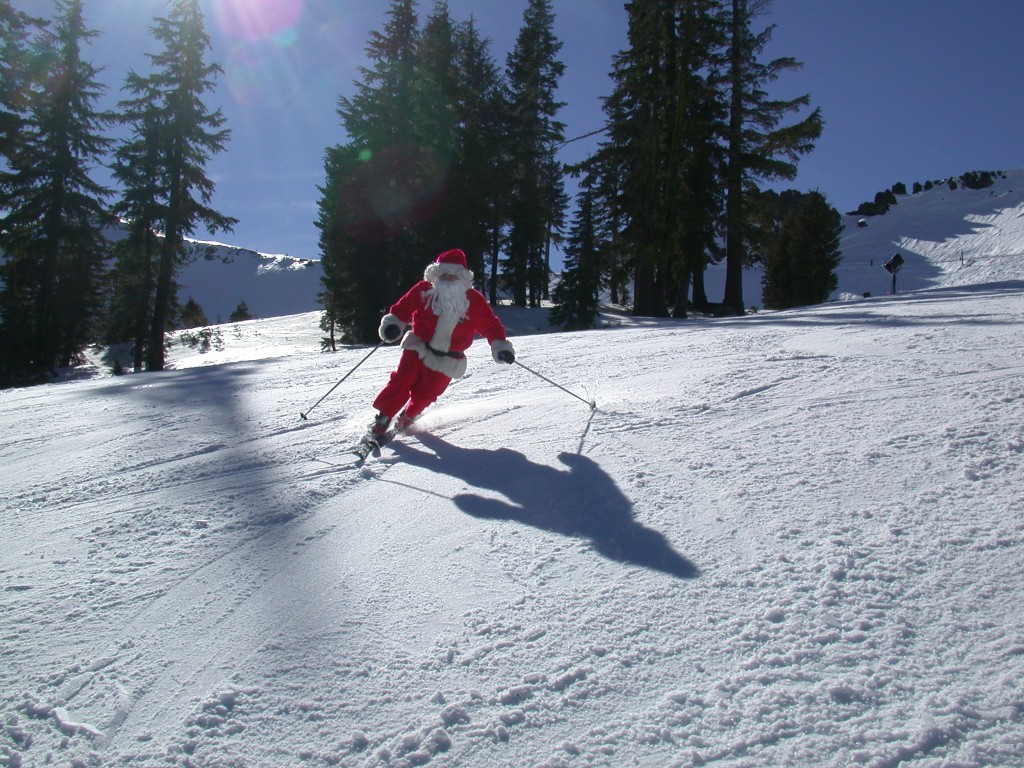The Women of Winter three-day camp is returning to Squaw Valley and Alpine Meadows on March 2-4. The camp is designed for intermediate to advanced women skiers and includes three full days of skiing, daily lunch, après ski events, and collaborative teaching for serious on-hill progression.
An innovative program, the Women of Wonder camp is specially designed to help women challenge themselves on the hill in a collaborative and supportive environment. The WOW program embraces a fun, fast-paced approach to ski instruction, allowing women to push themselves on Squaw and Alpine’s expansive terrain and pick up new skills, all while having a great time.
Off the hill, the camp also includes après ski events such as a wine and cheese social in The Village, and a guest speaker and social at Trilogy Spa.
The Women of Winter program is the result of over 35 years of contiguous women’s-specific ski programs at Squaw Valley, the first resort to offer female-specific ski lessons. In the early 1970s, Elissa Slanger, then a Squaw ski instructor, realized that the typical mechanical, and sometimes tyrannical, methods used to teach skiing terrified women and prevented them from exploring the sport and realizing their potential. From that realization, “Women’s Way,” the first women-specific ski program was born, pioneered by Elissa at Squaw Valley. Women of Winter is the latest development in women’s-specific ski programs at Squaw, offering a new, innovative, and most importantly, fun, approach to skiing.
The Women of Winter camp is available for intermediate to advanced women skiers, ages 13 and older. The camp is $536 without lift tickets, and $689 with lift tickets. Reservations are required. To book, call 530-452-4349 or email wow@Squaw.com.



